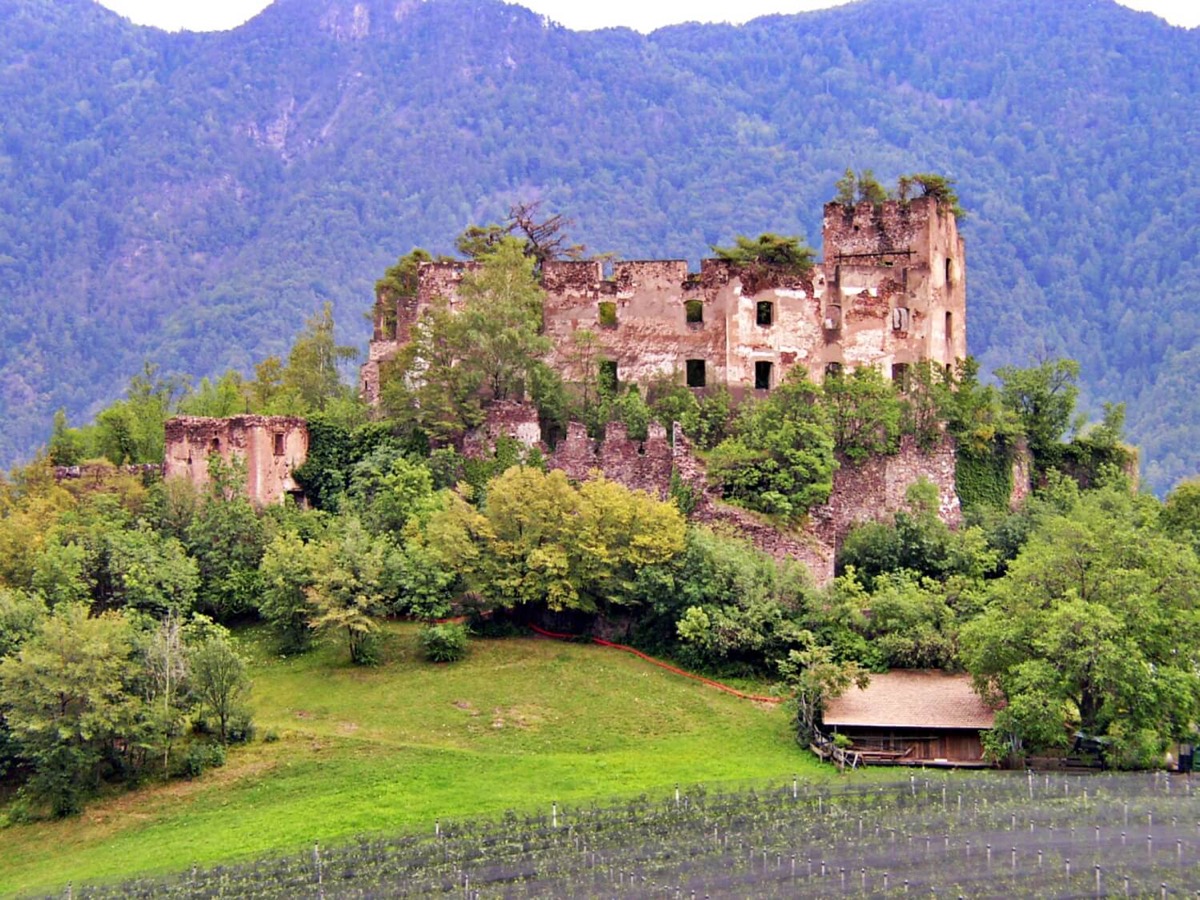Castel Rafenstein
Provincia autonoma di Bolzano - Alto Adige Trentino-Alto Adige Italy
castle, chateau
Castel Rafenstein
Provincia autonoma di Bolzano - Alto Adige Trentino-Alto Adige Italy
castle, chateau
The romantic ruin of Castel Rafenstein rises high above the city of Bolzano at the entrance of the Val Sarentino valley
Il Castel Rafenstein o anche detto Castel Sarentino (Burgruine o Schloss Rafenstein in tedesco), è un castello situato a nord-ovest di Bolzano
Previous names
Castel Rafenstein, Castel Rafenstein
Description
The romantic ruin of Castel Rafenstein rises high above the city of Bolzano at the entrance of the Val Sarentino valley.
On a rocky hill high above the Talvera Gorge, at the entrance of the Val Sarentino valley close to Bolzano (Bozen), Castel Rafenstein - “Burg Rafenstein” in German - appears in conspicuous position. The complex was constructed in the 13th century by the Bishop of Trento Friedrich von Wangen in order to control the commercial relationship between north and south and in order to keep the sovereignty of Bolzano. As this is also where an important commercial road passed by, this castle in the Mediaeval and still in early modern times was rather significant. At that time, Castel Rafenstein was only composed of a great hall, a low donjon as well as a circular wall.
Only in the 14th century an outer ward, a bastille and a southern wing were added to the complex. In 1357, the castle was owned by Franz von Ravenstein. As his son died very early, the possession was handed over to the Goldegg family, thereon it was bequested to the Weinecker family. From 1500 to 1599, Sigmund Gerstl and Hans Wueff owned the castle, afterwards the Earls of Wolkenstein took it over. The most significant construction phase of Castel Rafenstein took place in the 16th century, when the Mediaeval complex became a late Gothic building. Only in the 19th century, when the Earls of Wolkenstein did no longer inhabit the castle, it began to decay.
After extensive stabilisation and renovation works in the last years, the ruin of Castel Rafenstein is now accessible again to the public. Closeby there’s a restaurant, named Castel Rafenstein Restaurant, offering homemade South Tyrolean specialities. And how to reach Castel Rafenstein? It can even be reached by car, but the road is steep and narrow and only recommended to those who are experts. On foot, however, the ruin is reachable from the road to San Genesio.
Il Castel Rafenstein o anche detto Castel Sarentino (Burgruine o Schloss Rafenstein in tedesco), è un castello situato a nord-ovest di Bolzano. L'imponente struttura si eleva sul pendio occidentale della Val Sarentino, a sud-est di San Genesio, al di sopra della gola del Talvera.
Nel medioevo e ancora all'inizio dell'era moderna il complesso era importante per la sua posizione presso una via commerciale che collegava San Genesio a Bolzano passando appunto per il Rauhenbühel (letteralmente "colle aspro") - attestato sin dal 1316 quale "Rouhenpuhel" - il quale dette il nome anche al castello.
Già nel XIII secolo vennero costruiti palazzo e mura di cinta, mentre nel XIV secolo il castello venne ampliato con l'edificazione di serraglio, torre d'ingresso e ala sud. Nel XVI secolo il castello venne infine fortificato con serraglio e bastione circolare in base alle nuove esigenze militari in modo da poter difendere il complesso dalle armi da fuoco. All'inizio del XVII secolo l'ala abitabile venne rialzata.
Attorno al 1600 qui Marx Sittich von Wolkenstein, feudatario del castello, redasse la sua rinomata Landesbeschreibung von Tirol ("Descrizione storico-statistica della contea del Tirolo").
All'inizio del XIX secolo il castello venne abbandonato e da allora cadde in rovina. Oggi alcuni bastioni e le mura di cinta sono stati in parte abbattuti. In lontananza il nucleo della costruzione bianco-calcarea dà l'impressione di essere una grezza costruzione mai completata ed abbandonata.
Dal 2008 il castello è oggetto di un importante restauro che ne conservi le strutture murarie a rischio crollo. Nel maggio 2014 le strutture sono ritornate visitabili e quindi accessibili agli interessati.
Come raggiungerlo
Le rovine di Castel Rafenstein (692 m s.l.m.) possono essere raggiunte con una corta salita da Bolzano che raggiunge però il 33% di pendenza e che inizia a destra rispetto alla stazione a valle della funivia di San Genesio seguendo il torrente. La salita è consigliata ad escursionisti. La stessa rovina può essere poco sicura e non può essere visitata internamente. La vista che si gode sulla conca bolzanina e verso nord nella Val Sarentino è tuttavia mozzafiato.
Useful information
GRATUITO
GRATUITO
GRATUITO
GRATUITO
I ruderi del castello
-
External links
Nearby castles
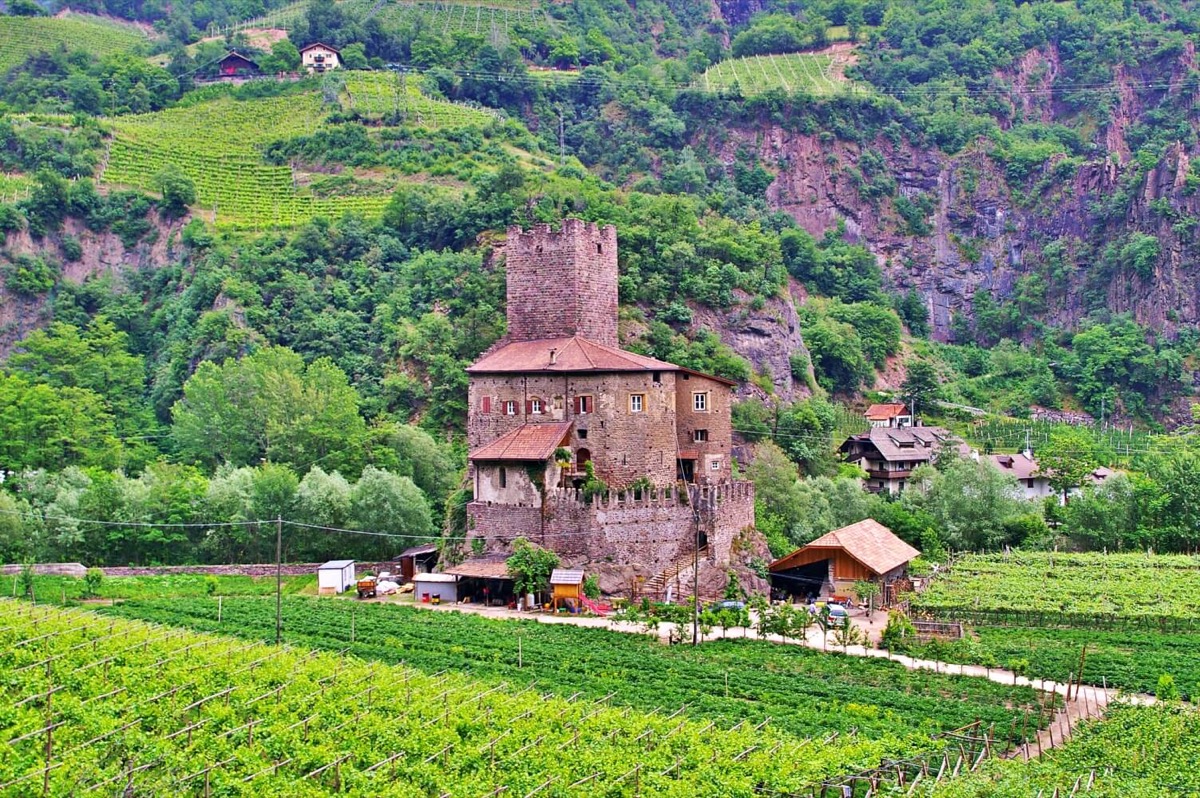
Castel Novale
Provincia autonoma di Bolzano - Alto Adige
0.7km
castle, chateau

Runkelstein Castle
Provincia autonoma di Bolzano - Alto Adige
1.0km
castle, chateau
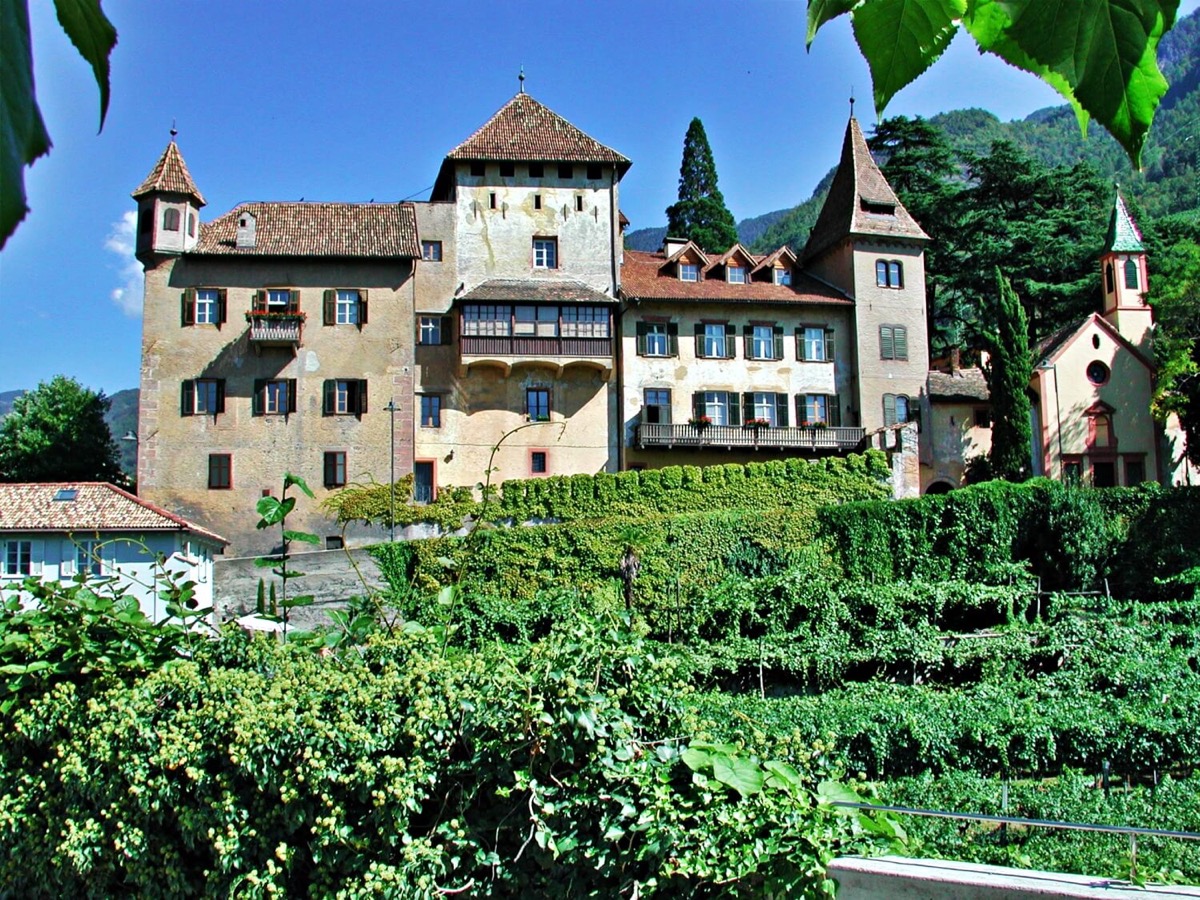
Castel Sant’Antonio
Provincia autonoma di Bolzano - Alto Adige
1.6km
castle, chateau

Maretsch Castle
Provincia autonoma di Bolzano - Alto Adige
2.6km
castle, chateau
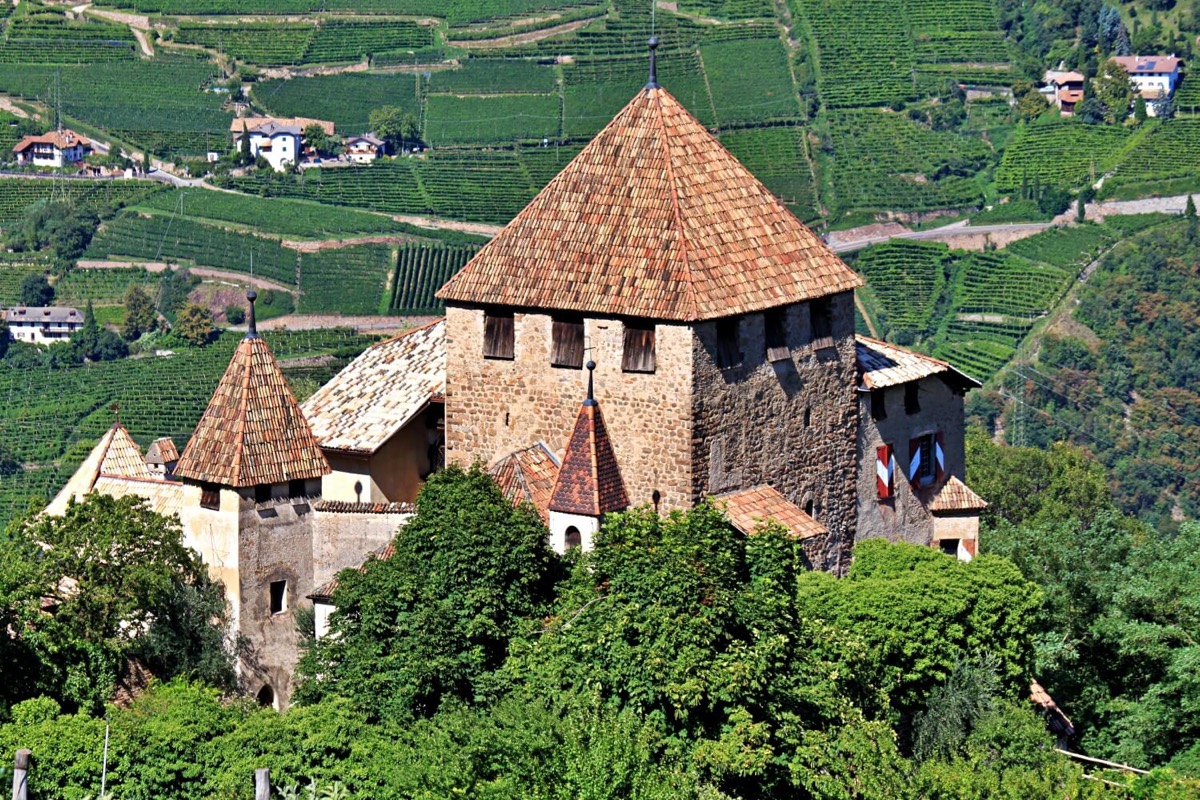
Castel Campegno
Provincia autonoma di Bolzano - Alto Adige
5.0km
castle, chateau
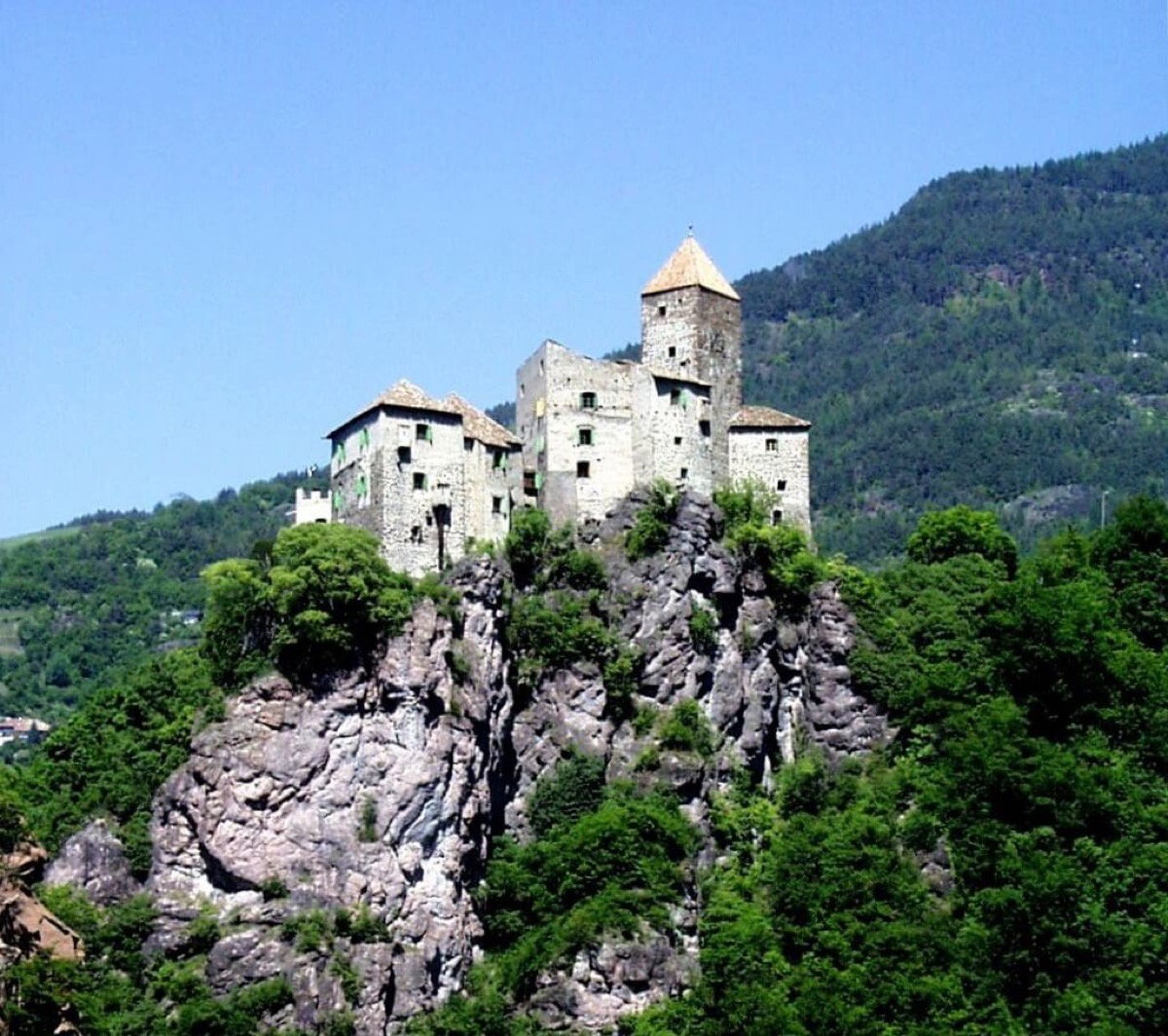
Karneid Castle
Provincia autonoma di Bolzano - Alto Adige
5.1km
castle, chateau
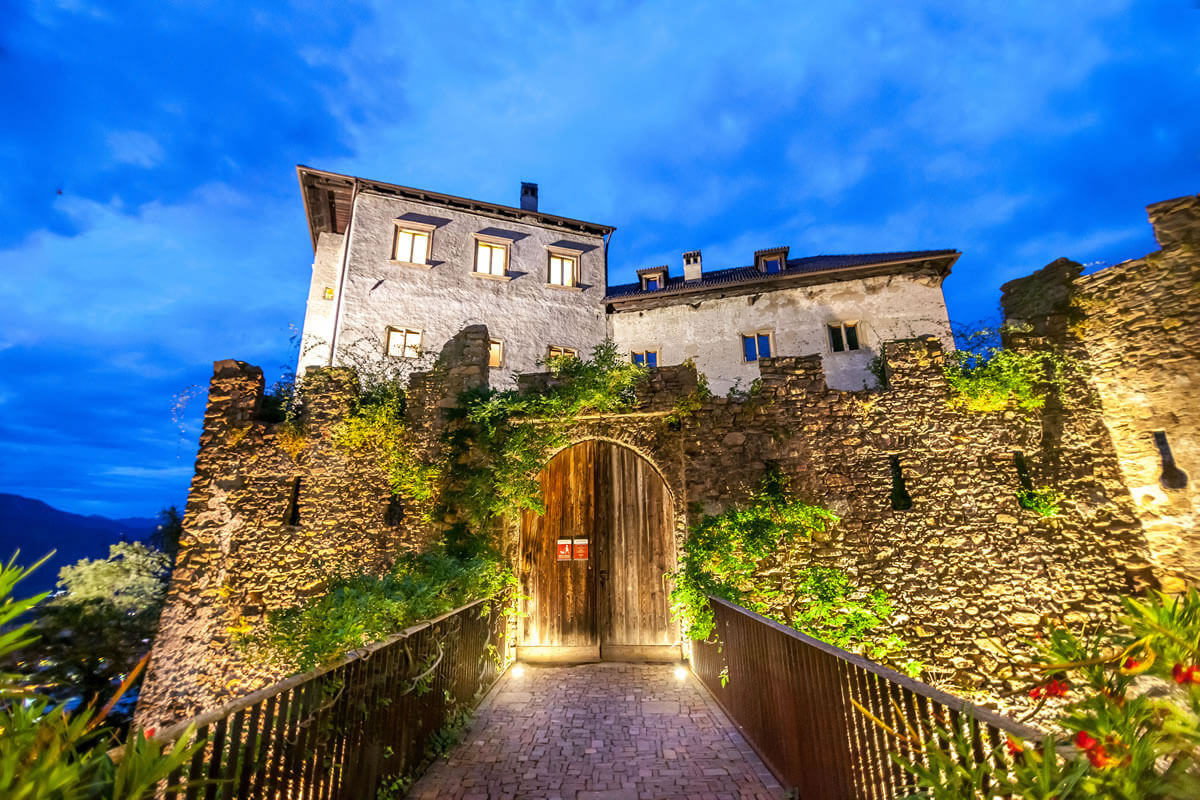
Castel Flavon
Provincia autonoma di Bolzano - Alto Adige
5.6km
castle, chateau
